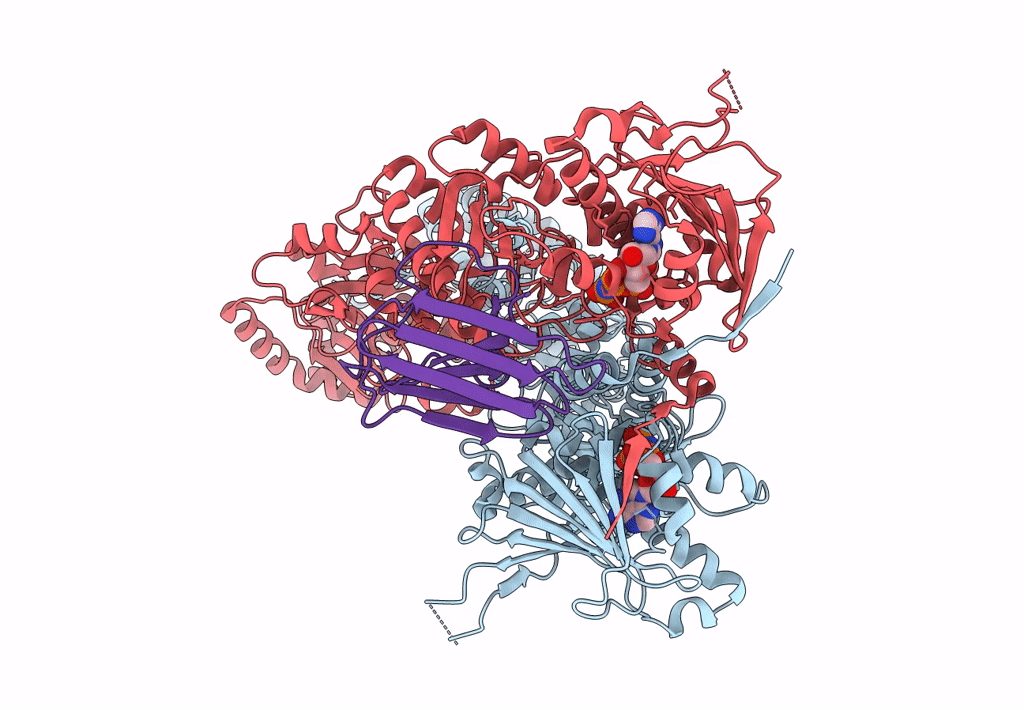
Deposition Date
2020-12-28
Release Date
2021-08-25
Last Version Date
2024-05-29
Method Details:
Experimental Method:
Resolution:
3.10 Å
Aggregation State:
PARTICLE
Reconstruction Method:
SINGLE PARTICLE


